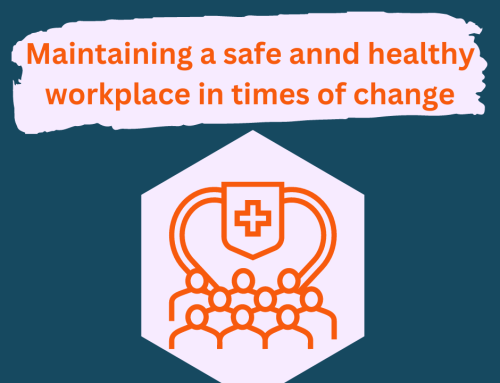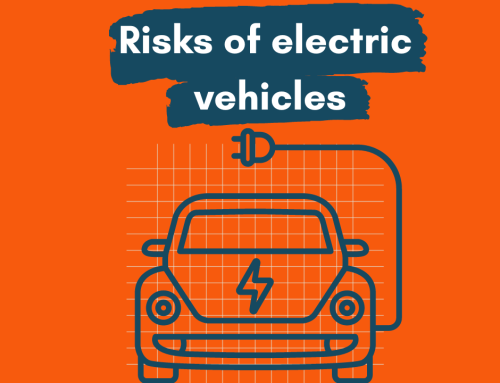Since one English home out of six is at threat of flooding but only 55% of those living in flood-risk areas know they are at risk, it is prudent to check your level of hazard here.
We suggest you familiarise yourself with these tips now, so you have plenty of time to prepare and take action. Print off the list and store in a safe place for future reference, should a flood risk arise.
Be prepared:
- If your property us at risk, register here to receive free flood warnings from the Environment Agency.
- Speak to your insurance broker to ensure that you have flood cover in force. Check you understand the excess as it may be higher than your standard excess. Ensure you understand the claims procedure and what you can do in the event of a flood before a loss adjustor arrives.
- Familiarise yourself with where gas, electricity and water mains are located and how to turn them off.
- Prepare a box of non-perishable foods with a tin opener and store upstairs or on a high shelf. Add a waterproof torch, radio and perhaps some spare batteries.
- Gather together mops, buckets, cleaning materials, welly boots, rubber gloves and protective clothing for the clean-up.
- Store warm clothes and blankets upstairs or on a high shelf.
- Consider acquiring a sufficient stock of sandbags. These only work preemptively.
- Identify all possible entry points for water: air bricks, utlitity service points and appliances.
- Agree an evacuation procedure, detailing where you propose to go and how you propose to contact friends and family in the event of a flood.
Action stations: when floods are imminent:
- Heed advice from the emergency services.
- When safe to do so, assist elderly, disabled or other vulnerable people to safety or upstairs rooms.
- Move valuable items, portable electrical devices, important documents and cherished possessions upstairs or to a high shelf.
- Block plug holes and weigh down with heavy items. Block the toilet with a sandbag.
- Raise furniture off the floor by elevating on bricks or boxes or removing to an upstairs room, where practical.
- Lay sandbags in offset layers, like a brick wall, stamping on them to eliminate gaps and assure a tight seal.
- Store as much drinking water as you can, in case your mains supply becomes contaminated.
- Turn off water, gas and electricity supplies, if safe to do so.
During a flood:
- Stay calm and remember your safety is more important than that of your property or possessions.
- Listen to local radio for updates and advice. Alternatively, the Floodline service 0345 988 1188 can provide information.
- Do not touch an electricity source if you are standing in water.
- Try to avoid contact with floodwater.
- Be aware of hazards hidden below floodwaters. Proceed with caution. As little as 6 inches of water can sweep you away.
- Remember that driving through floodwater is very dangerous due to hidden obstacles. A small amount of water can cause loss of control and stalling.
- Keep away from downed power lines.
After the flood:
- Check for structural damage before entering a building.
- Use a flashlight, not a naked flame, if required.
- Do not turn gas or electricity back on until checked by a qualified professional.
- Record the flood damage by taking notes taking photographs or video.
- Contact your insurer before carrying out any repairs.
- Remove mud and debris, disinfect and ventilate your property well.
Any advice or information in this blog is general advice only. It does not take into account your personal circumstances: please do not take action based solely on this information.
Sources:
http://www.theguardian.com/environment/2014/feb/12/uk-floods-the-facts





